In the era of Artificial Intelligence, Large Language Models (LLMs) have redefined how machines understand, reason, and interact with human language. Yet, as organizations scale their AI applications, one challenge persists — how can we make these systems smarter, faster, and more reliable?
The answer lies in multi-stage LLM pipelines — a modular, layered approach to designing intelligent systems that go beyond single-prompt reasoning. At PMDG Technologies, we build next-generation AI solutions using this exact principle — ensuring every stage of processing adds precision, efficiency, and intelligence.
What Is a Multi-Stage LLM Pipeline?
A multi-stage LLM pipeline is a structured workflow that divides a complex AI task into smaller, sequential steps.
Instead of relying on a single model to do everything — from understanding queries to generating answers — each stage focuses on a specific function.
This modular architecture allows AI systems to:
- Validate and refine outputs at every step.
- Reduce computational costs by using smaller models where possible.
- Enhance accuracy and reliability through feedback loops and verification.
- Adapt easily to different tasks and domains.
In short, it’s about making LLMs think in layers — a concept that mirrors how humans solve problems.
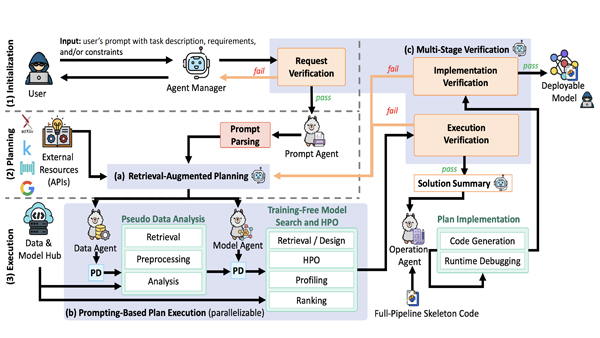
Why Single-Stage AI Systems Fall Short
Single-stage systems try to do everything in one go: understand, reason, and respond in a single prompt. While this works for simple queries, it breaks down for complex real-world applications like document analysis, decision support, or multi-step reasoning.
Here’s why:
- 🧩 Lack of specialization: One model cannot perform all tasks optimally.
- ⚙️ High compute cost: Using large models for every query is inefficient.
- ⚠️ Error compounding: Without validation, one mistake ruins the entire output.
- 🔄 No feedback mechanism: The system cannot learn or self-correct dynamically.
This is where multi-stage pipelines transform AI from a reactive tool into an intelligent, adaptive system.
The Architecture of a Multi-Stage LLM Pipeline
A well-designed pipeline operates like an assembly line — each stage has a role and passes refined data to the next.
1. Data Ingestion & Preprocessing
Every AI journey begins with data. This stage cleans, normalizes, and structures data for better context understanding. It filters out noise, irrelevant content, and duplicates — setting a strong foundation.
2. Context Retrieval & Knowledge Augmentation
Here, vector databases and embedding models search for relevant documents or facts. This gives the LLM the right context before it starts reasoning — a key factor in improving factual accuracy.
3. Core Reasoning / Generation
This is where the main LLM operates — analyzing the input and generating a coherent, context-aware response. By feeding the model enriched data from earlier stages, you reduce hallucinations and improve relevance.
4. Evaluation & Validation
Before the output reaches users, a secondary model (or a human reviewer) validates it. This stage checks for factual correctness, tone, safety, and compliance — ensuring enterprise-grade reliability.
5. Post-Processing & Optimization
Finally, the response is polished for clarity, formatting, and style. The output might also go through SEO optimization or formatting for end-user delivery (for example, chatbot display, API response, or web article).
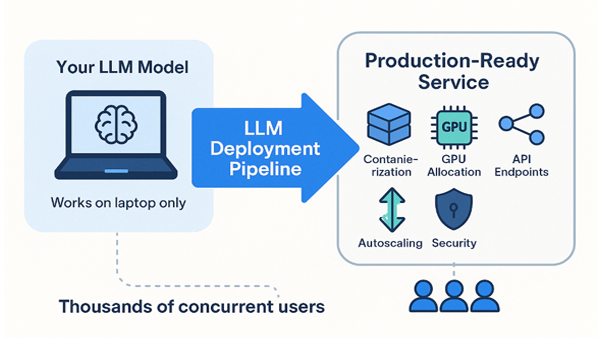
Benefits of Multi-Stage Pipelines
When implemented strategically, multi-stage LLM pipelines deliver measurable advantages:
✅ Improved Accuracy: Layered reasoning ensures that outputs are cross-verified.
⚡ Higher Efficiency: Lightweight models handle simple tasks; heavy models only do complex reasoning.
🔍 Transparency: You can trace where an error occurred in the pipeline.
💰 Cost Optimization: Smart orchestration reduces token usage and compute time.
🧠 Continuous Learning: Feedback loops improve performance over time.
At PMDG Technologies, our AI frameworks use similar architectures to automate customer interactions, optimize workflows, and drive intelligent decision-making across industries.
How Multi-Stage Pipelines Improve Real-World AI
Let’s take an example — automated document understanding for compliance and audit workflows.
- Stage 1: The system extracts text and metadata from uploaded files.
- Stage 2: It classifies the document type and identifies key entities (like invoice numbers or clauses).
- Stage 3: A reasoning model checks if all required compliance elements are present.
- Stage 4: A validator LLM cross-checks anomalies and flags inconsistencies.
- Stage 5: A summarizer generates a human-readable report.
The result? Faster document processing, higher accuracy, and full audit transparency.
This multi-stage approach is not limited to compliance — it powers AI agents, workflow automation, customer service bots, and decision-support systems.
Designing Smarter Pipelines: Best Practices
At PMDG, our AI architects follow a set of principles to ensure pipelines perform at enterprise scale:
- Start modular: Design each stage as an independent service.
- Leverage prompt chaining: Connect reasoning steps logically, passing context between models.
- Use uncertainty thresholds: Forward uncertain responses for deeper review.
- Implement monitoring: Track accuracy, latency, and token usage per stage.
- Optimize for feedback: Continuously retrain and refine based on user interactions.
Transitioning from single-stage to multi-stage design improves reliability and reduces the cost-to-serve over time — making it ideal for scalable enterprise AI.
The Future of Multi-Stage AI Systems
The next evolution of multi-stage pipelines will include autonomous orchestration, where AI agents decide which models or tools to call dynamically. These “self-routing” pipelines will adjust based on task complexity, context, and performance.
Moreover, hybrid pipelines — combining symbolic reasoning (rules, logic) with neural reasoning (LLMs) — will bring the best of both worlds: factual accuracy and creative flexibility.
As AI continues to mature, multi-stage pipelines will become the standard architecture for all high-performance systems — from chatbots and recommendation engines to autonomous decision platforms.
Conclusion
Building smarter AI systems requires more than just powerful models — it demands structured intelligence.
By embracing multi-stage LLM pipelines, organizations can achieve scalable, explainable, and human-aligned AI.
At PMDG Technologies, we specialize in designing and deploying these intelligent pipelines — combining advanced model orchestration, real-time validation, and human-in-loop workflows to deliver consistent, business-ready results.
Ready to build your smarter AI ecosystem?
👉 Visit www.pmdgtech.com to learn how PMDG Technologies can help transform your AI vision into action.





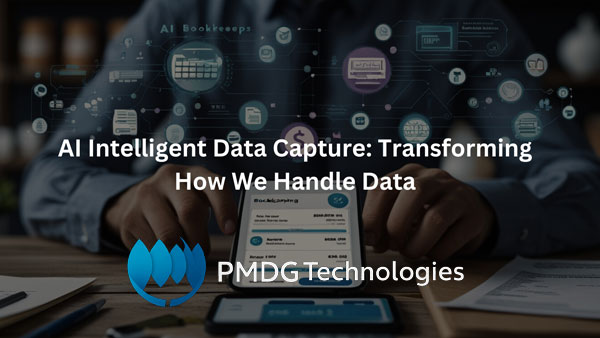
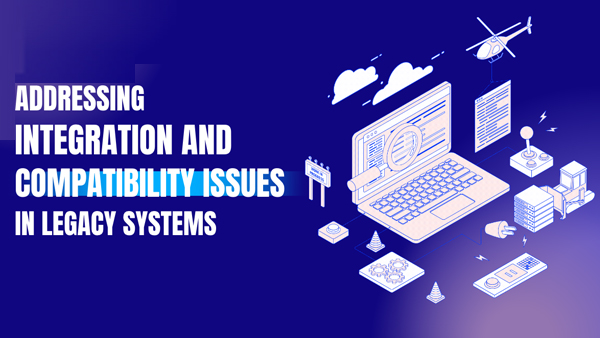

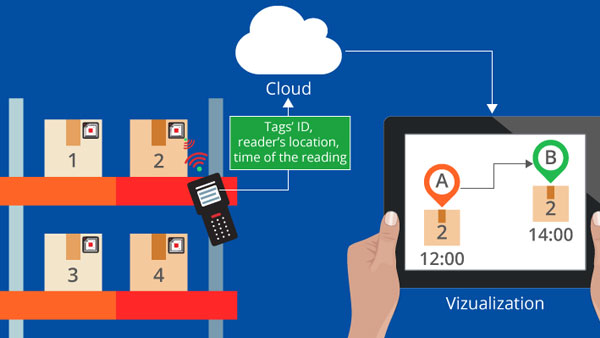


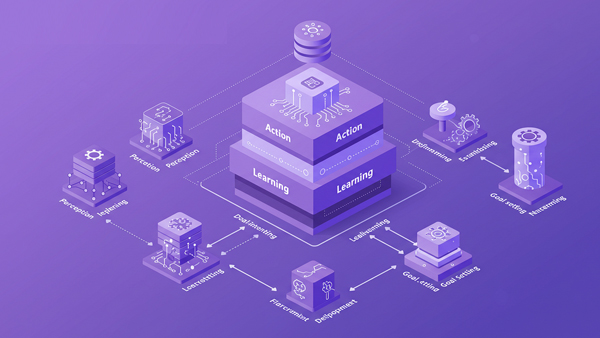
Leave a Reply